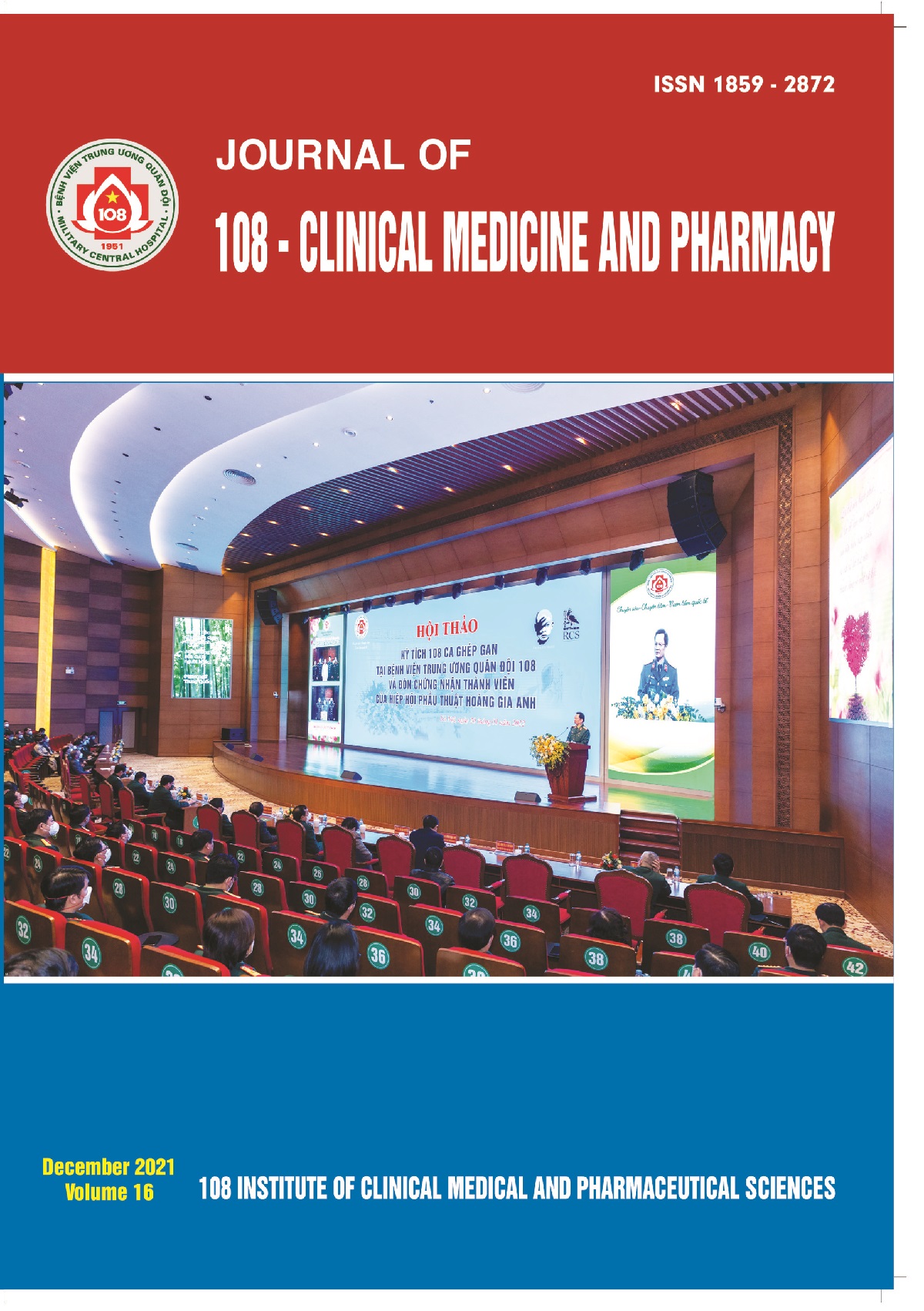Evaluation of the effect of fluorescein sodium-guided under yellow 560nm surgical microscope filter in surgery for high grade gliomas: Preliminary results in a series of 27 patients
Main Article Content
Keywords
Abstract
Objective: The importance of a complete resection of high‑grade gliomas (HGGs) has been highlighted in scientific literature, in order to limit tumor recurrence and above all to improve disease‑free survival rates. Several fluorescent biomarkers have been tested to improve intraoperative identification of residual tumor. The fluorescein sodium (FS) are now starting to play an important role in glioma surgery. Under the YELLOW 560nm surgical microscope filter, low-dose FS (5mg/kg) as a fluorescent dye helps in visualization of tumor tissue. Our study provides preliminary results in investigating the safety and efficacy of this technique in patients with HGGs. Subject and method: A prospective, uncontrolled study of 27 patients with HGGs underwent FS-guided resection under YELLOW 560nm surgical microscope filter. We have analyzed the clinical features, size, tumor location, extent of tumor resection, pathologic of HGGs, patient status (Karnofsky Performance Scale) and FS side effects. Result: 7/27 patients (25.9%) were glioma grade III and 20/27 patients (74.1%) were glioma multiforme (GBM). With YELLOW 560nm surgical microscope filter (PENTERO 900 surgical microscope), FS-guided gross total resection (GTR) was achieved in 74.1% and subtotal resection (STR) in 11.1%. No side effects of FS were reported. Conclusion: FS-guided resection of HGGs under the YELLOW 560nm surgical microscope filter was effective and safe.
Article Details
References
2. Palmieri G, Cofano F et al (2021) Fluorescence-guided surgery for highgrade gliomas: State of the art and new perspectives. Technology in Cancer Research & Treatment 20: 1-11.
3. Valdés PA, Roberts DW, Golby A (2016) Optical technologies for intraoperative neurosurgical guidance. Neurosurg Focus 40(3): 8.
4. Koc K et al (2008) Fluorescein sodium-guided surgery in glioblastoma multiforme: A prospective evaluation. British journal of neurosurgery 22(1): 99-103.
5. Lacroix M, Abi-Said D, Fourney DR, Gokaslan ZL, Shi W, DeMonte F, Lang FF, McCutcheon IE, Hassenbusch SJ, Holland E, Hess K, Michael C, Miller D, Sawaya R (2001) A multivariate analysis of 416 patients with glioblastoma multiforme: Prognosis, extent of resection, and survival. Journal of neurosurgery 95(2): 190-198.
6. Catapano G, Sgulò FG, Seneca V, Lepore G, Columbano L, Di Nuzzo G (2017) Fluorescein-guided surgery for high-grade glioma resection: An intraoperative “contrast-enhancer. World Neurosurg 104: 239-247.
7. Shinoda J, Yano H et al (2003) Fluorescence-guided resection of glioblastoma multiforme by using high-dose fluorescein sodium. Technical note. J Neurosurg 99: 597-603.
8. Neira JA, Ung TH, Sims JS, Malone HR, Chow DS, Samanamud JL et al (2017) Aggressive resection at the infiltrative margins of glioblastoma facilitated by intraoperative fluorescein guidance. J Neurosurg 127: 111–122.
9. Katsevman GA, Turner RC, Urhie O, Voelker RL, and Bhatia S (2020) Utility of sodium fluorescein for achieving resection targets in glioblastoma: increased gross- or near-total resections and prolonged survival. J Neurosurg 132: 914-920.
10. Mazurek M, Kulesza B, Stoma F, Osuchowski J, Mańdziuk S, Rola R (2020) Characteristics of fluorescent intraoperative dyes helpful in gross total resection of high-grade gliomas - a systematic review. Diagnostics 10: 1100.
 ISSN: 1859 - 2872
ISSN: 1859 - 2872
